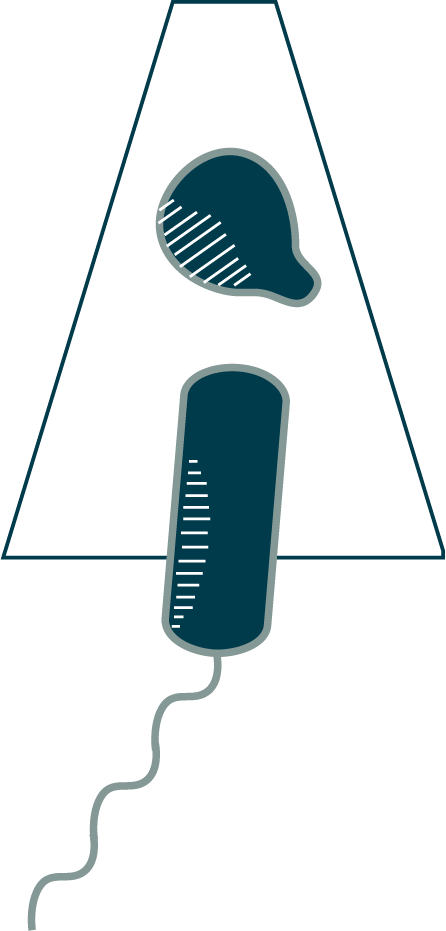

• Which works better in high viscosity: an oar or a propeller?
• What other motility machinery is genetically related to the archaellum?
• What motility machinery works like a grappling hook?
• How can Mycoplasma divide if they lose FtsZ?
• Albers and Jarrell (2018). The archaellum: An update on the unique archaeal motility structure [62].
• Armbruster and Mobley (2012). Merging mythology and morphology: The multifaceted lifestyle of Proteus mirabilis [63].
• Berg (2003). The rotary motor of bacterial flagella [64].
• Jarrell and McBride (2008). The surprisingly diverse ways that prokaryotes move [65].
• Muñoz-Dorado et al. (2016). Myxobacteria: Moving, killing, feeding, and surviving together [66].
• Shrivastava and Berg (2015). Towards a model for Flavobacterium gliding [67].